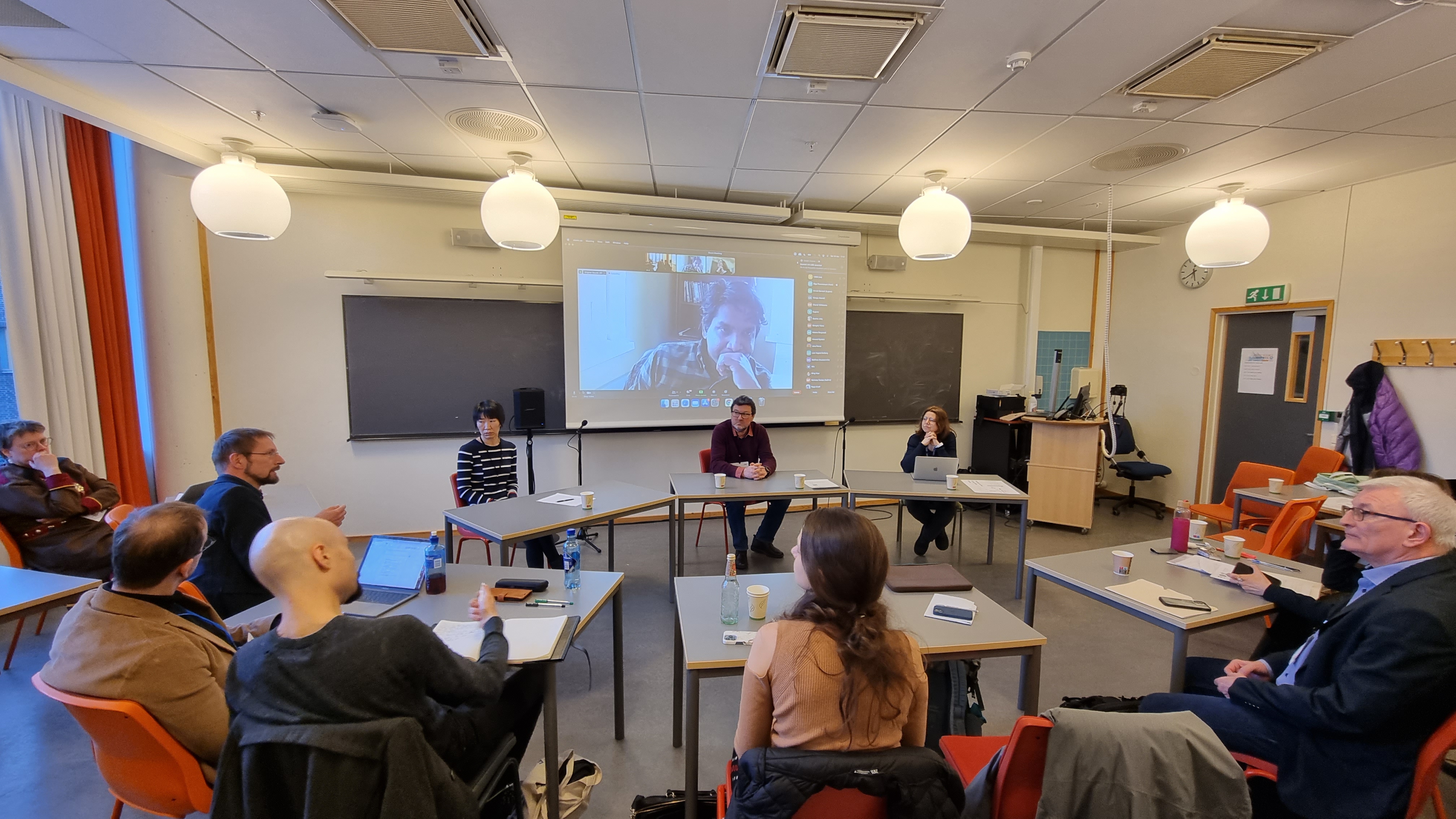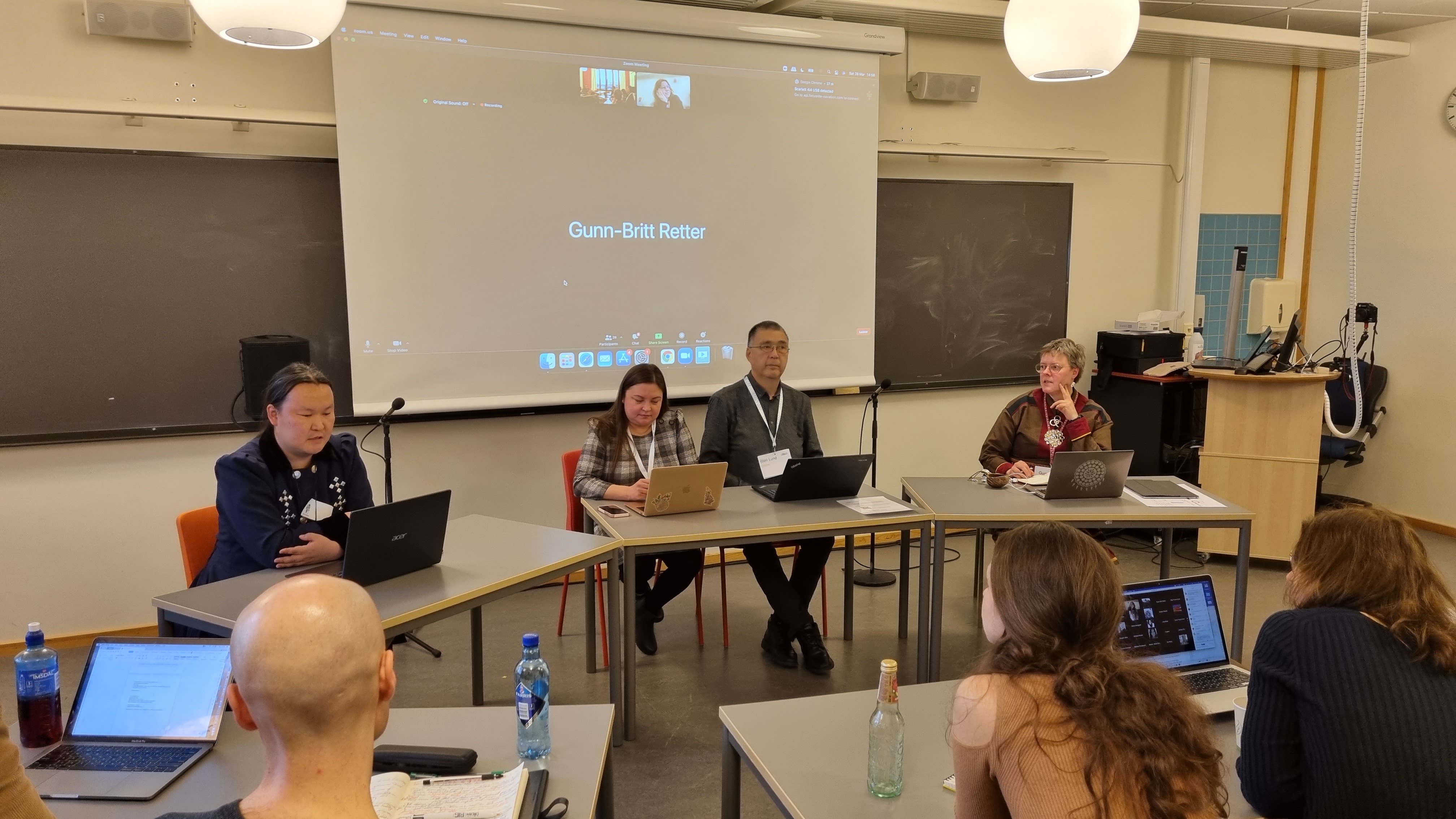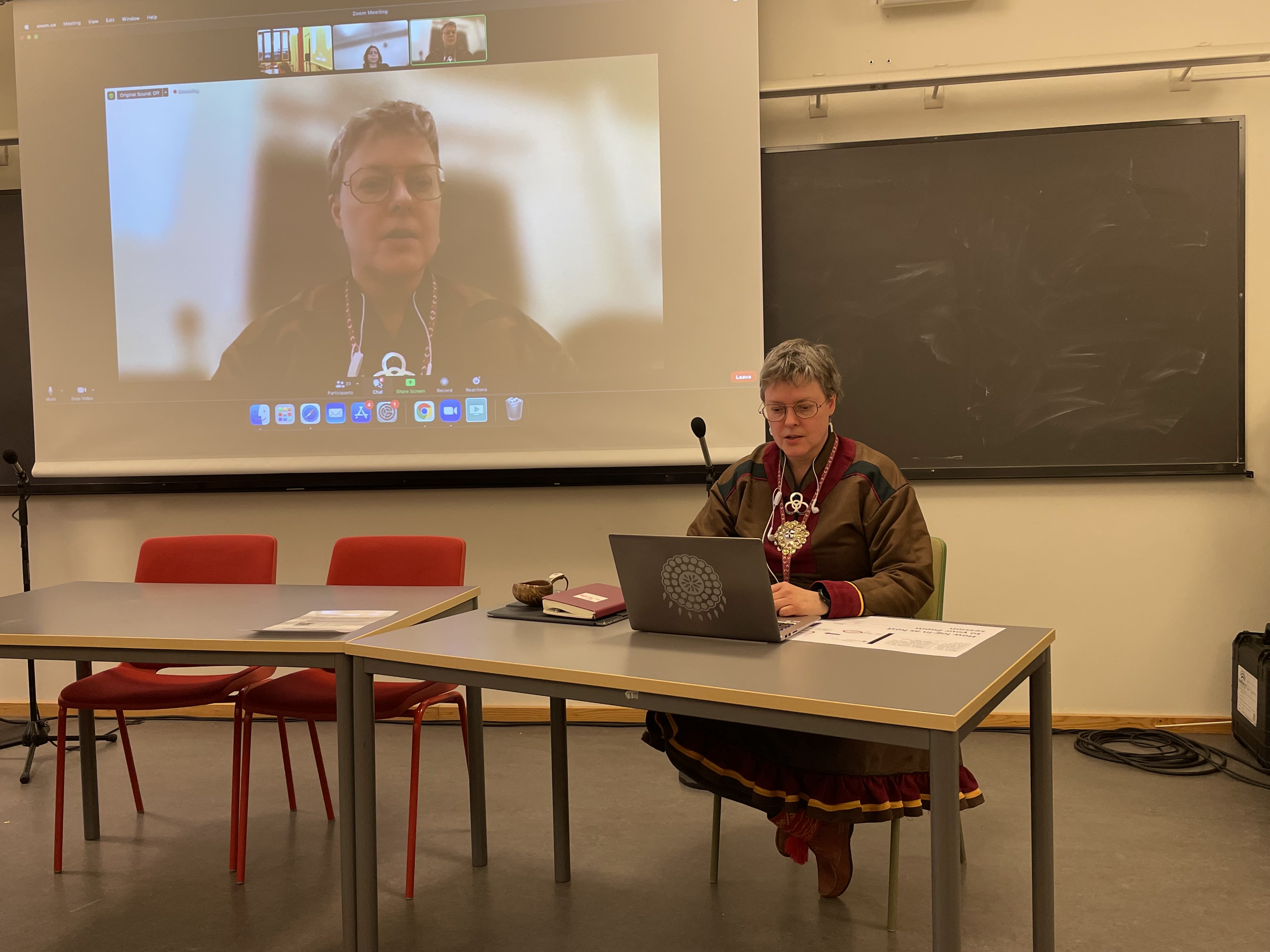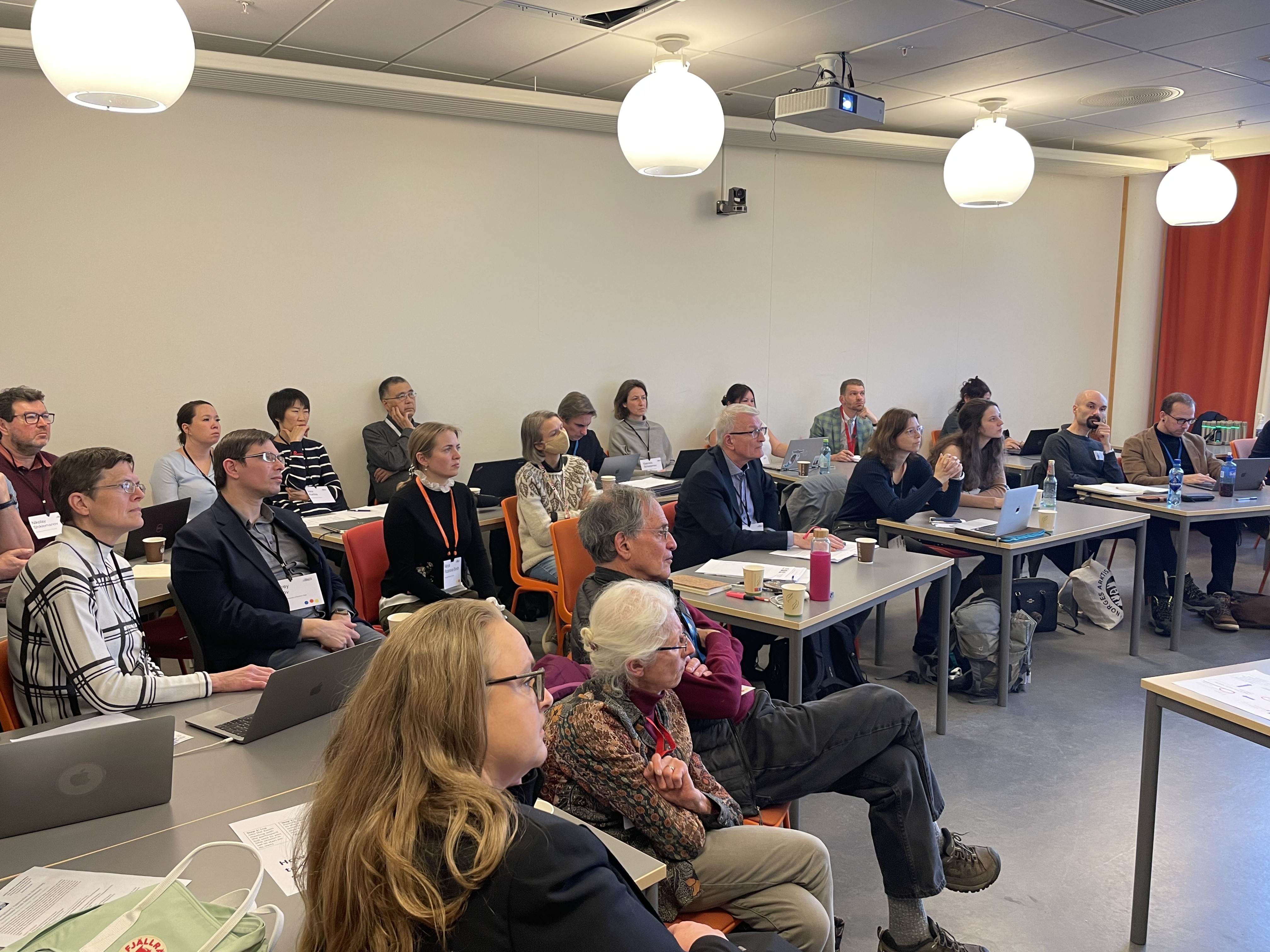The Arctic Infrastructure Community Meeting at ASSW 2022 in Tromsø featured presentations and panel discussion exploring cross-disciplinary approaches to understanding the impacts of infrastructure and climate change in the Arctic. The RATIC/T-MOSAiC Arctic Infrastructure Action Group organized the meeting as a cross-cutting activity funded by the International Arctic Science Committee. Twenty-four people attended the hybrid meeting in person and at least an equal number attended online.
Community Perspectives on Arctic Infrastructure
● What constitutes infrastructure can vary depending on viewpoint. From a traditional indigenous perspective, the environment IS infrastructure.
● Involvement of local and indigenous knowledge in science can improve projects in terms of performance and budget, but engagement shouldn’t end at the planning stage. Incremental growth of infrastructure projects can be detrimental to traditional lifestyles even where projects started with best practices for engagement.
● The “Green transition” should not happen on the backs of indigenous communities. Displacing reindeer herders with overscaled wind farms to export energy to the south is an example of Green colonialism.
● More research is needed on why scientists and others don’t listen to Indigenous communities.
Progress and Approaches in Arctic Infrastructure Mapping and Monitoring
● Remote sensing can help to map human-built infrastructure and identify potential risks due to permafrost thaw. Sentinel-1/2 derived impacted areas provide more detail than any other currently available records for the Arctic.
● Satellites provide a vast amount of data that can be analyzed with the help of machine learning, but a significant amount of human labor is still needed to validate data and classify infrastructure types. How do we prioritize this effort?
● The expansion of infrastructure is more often the focus of research, but we should also look at what happens to abandoned infrastructure.
● Research in progress includes:
○ Circumpolar mapping of Arctic infrastructure and expansion of human impacts within 100 km of the Arctic coast (Nunataryuk)
○ Pan-arctic mapping of ice-wedge polygons using machine learning (Permafrost Discovery Gateway)
○ Mapping changes in permafrost status and extent (Permafrost CCI )
○ Long-term observations on the Circumpolar Active Layer Monitoring network (CALM)
○ Framework for studying risks from permafrost thaw in the Arctic and Arctic Permafrost Atlas (Nunataryuk) Meeting
Highlights:
● The Arctic Infrastructure Community Meeting at ASSW 2022 in Tromsø featured presentations and panel discussion exploring cross-disciplinary approaches to understanding the impacts of infrastructure and climate change in the Arctic.
● Community Perspectives: What constitutes infrastructure can vary depending on viewpoint. From a traditional indigenous perspective, the environment IS infrastructure. However, the “Green transition” should not happen on the backs of indigenous communities. Displacing reindeer herders with overscaled wind farms to export energy to the south is an example of Green colonialism.
● Mapping and modeling: Satellites provide a vast amount of data that can be analyzed with the help of machine learning to map human-built infrastructure and identify potential risks due to permafrost thaw, but a significant amount of human labor is still needed to validate data and classify infrastructure types. How do we prioritize this effort?
    |
|
